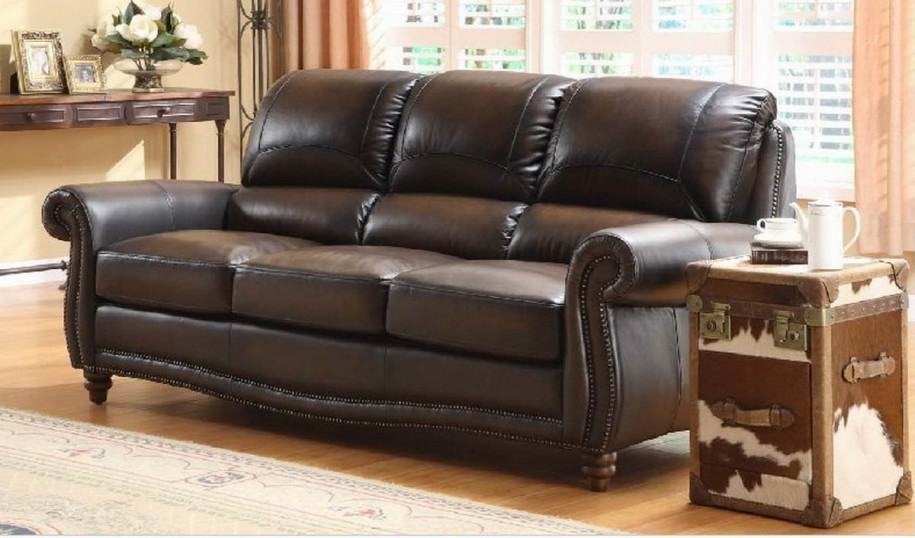
Upholstered Furniture Cleaning
Proper regular upholstery cleaning can not only make furniture look better, but it can make it healthier to use and last longer. Upholstery can collect dust, soils, body oils, sweat, hair products, dead skin/ pet dander and a long list of other sticky-ickys. The build-up of soils and organics (food, body oils, dead skin/ pet dander) on upholstery can be a breeding ground for bacteria, mold, and dust mites. Mold and dust mite feces are known allergens and can be a concern for asthma sufferers. And, the longer spots and soils are ground-in to upholstery, the faster it will wear and more-likely it will stain permanently. All upholstery should be cleaned at least every two years. Upholstery on furniture exposed to pets or children, used by people asthma or allergy concerns, or used every day should be cleaned annually.

Leather Upholstery Cleaning
Leather benefits greatly from professional cleaning, just like fabric. And, in addition to fabric, we are leather furniture cleaning experts. Our leather furniture cleaning process not only thoroughly cleans leather, but conditioner is included at no extra cost.
“Wet” or Dry Clean Upholstery
Water-Based “Wet” Cleaning
Most upholstered furniture can be “wet” cleaned. Wet cleaning furniture is also referred to as hot water extraction (steam) cleaning. In wet cleaning, a mild hot (depending on fabric type) water-based solution is applied to the fabric. The solution breaks down and liquefies soils and spots. Then, the liquefied soils and spots are vacuum extracted and the fabric is rinsed. Wet cleaning is the most effective way to clean fabric upholstery.
Dry Cleaning – Not a Good Idea On-Site
Upholstery should only be dry cleaned if the fabric can not be cleaned with a water-based solution, due to color bleeding, fading, and so on. Due to safety concerns with using dry cleaning solvents on-site, we do not offer furniture dry cleaning at this time.
Determining the Cleaning Type
Furniture manufacturers and retailers often place a recommended cleaning code on a tag. The tags generally use “W” for water-based/ wet cleaning, “S” for solvent-based/ dry cleaning. “WS” means the fabric can be lightly wet cleaned or dry cleaned. On very rare occasions an “X” code indicates neither water or solvent based solutions can be used. If no cleaning code is present, training and experience are the only way to truly determine how upholstery should be cleaned. And, we have the knowledge and experience to properly identify the cleaning method for your fine fabrics.

 We care about people, pets, and the environment. So, we only use methods and products that are safe. All of our products are non-toxic.
We care about people, pets, and the environment. So, we only use methods and products that are safe. All of our products are non-toxic.